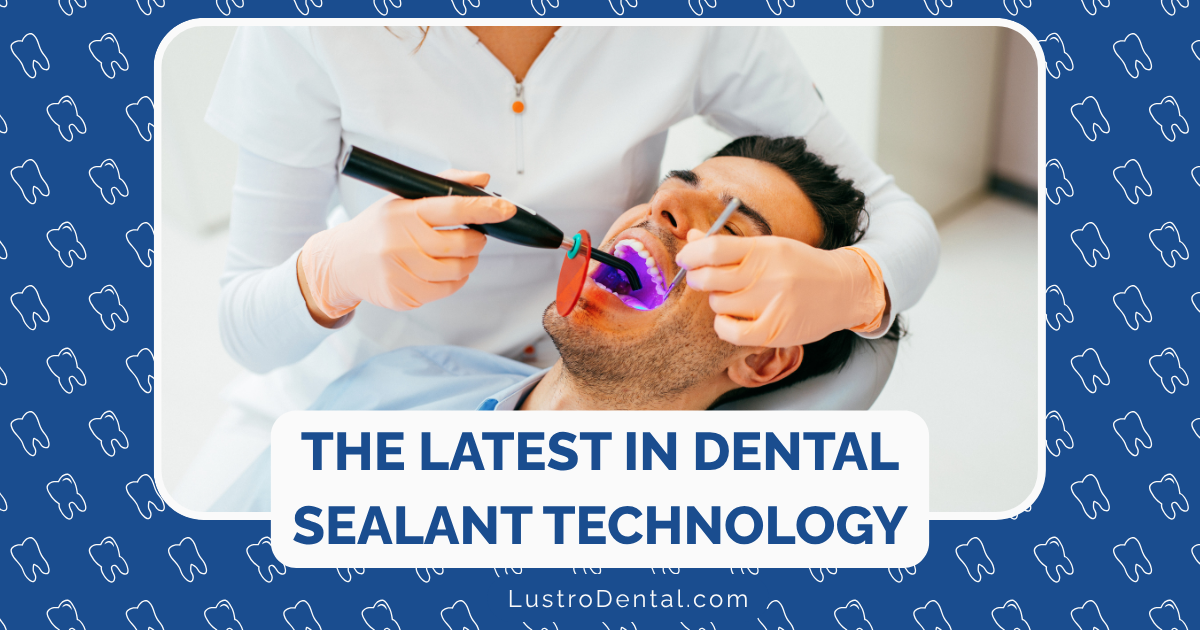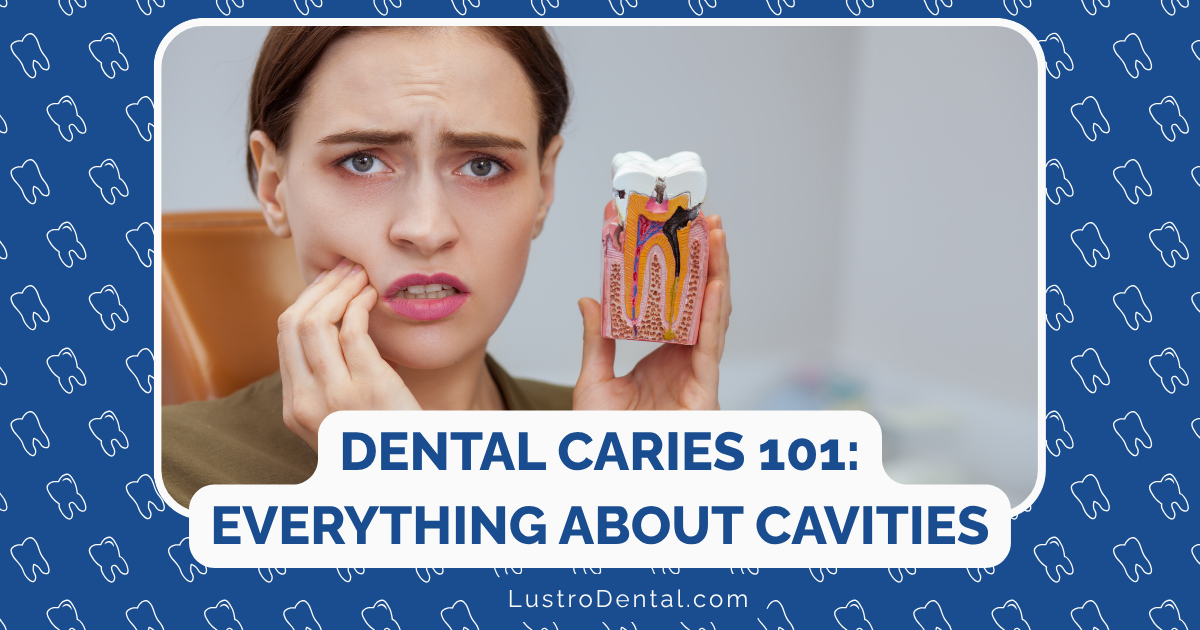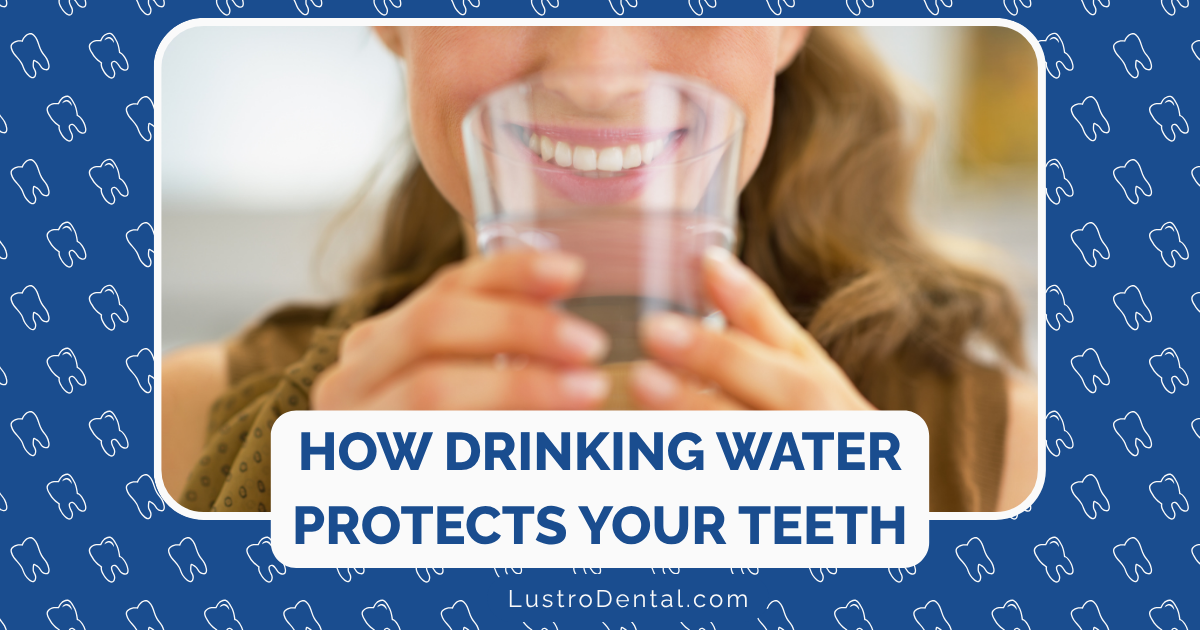The Evolution of Dental Sealants: New Materials and Application Methods

Remember when dental sealants were just simple plastic coatings painted onto teeth? Those days are rapidly fading into dental history. Today’s sealant technologies are evolving at an impressive pace, bringing innovations that make these preventive treatments more effective, longer-lasting, and accessible to patients of all ages.
As someone who’s spent years advocating for preventive dental care, I’ve watched this evolution with genuine excitement. The humble dental sealant technology—once considered just a basic tool for pediatric dentistry—has transformed into a sophisticated preventive technology with applications across all age groups.
The Foundation: Understanding Traditional Sealants
Before diving into the cutting-edge developments, let’s quickly refresh our understanding of what dental sealants actually do.
Dental sealants create a physical barrier over the deep pits and grooves on chewing surfaces of teeth—areas where toothbrush bristles simply can’t reach effectively. According to the American Dental Association, properly applied sealants can reduce cavity risk by up to 73% compared to using fluoride varnishes alone.
Traditionally, sealants have been made from plastic resin materials that require a multi-step application process:
- Cleaning the tooth surface
- Etching with acid (typically 37% phosphoric acid)
- Rinsing and drying
- Applying the liquid sealant material
- Curing with a special light
This process, while effective, has several limitations—including technique sensitivity, moisture control challenges, and the need for specialized equipment.
The Material Revolution: Beyond Basic Resins
The most dramatic advancements in dental sealant technology have come through material science innovations. Today’s newest sealant materials offer capabilities that were unimaginable just a decade ago.
Self-Bonding Polymer Technology
Perhaps the most groundbreaking development is the introduction of self-bonding polymer sealants. These materials, made from Poly Dimethyl Siloxane, represent a fundamental shift in how sealants work.
Unlike traditional materials that require etching and curing, self-bonding polymers:
- Need no acid etching
- Require no light curing
- Bond chemically to tooth surfaces at just 1 micron thickness
- Create a hydrophobic barrier that actively repels bacteria and plaque
The clinical implications are significant. Application time decreases dramatically, and the technique becomes less sensitive to moisture—a game-changer for treating young children or partially erupted teeth.
Bioactive Materials: Sealants That Heal
Another exciting development is the emergence of bioactive sealant materials. Unlike passive traditional sealants that simply create a physical barrier, bioactive materials actively participate in the remineralization process.
These materials release calcium, phosphate, and fluoride ions over time, helping to:
- Strengthen surrounding enamel
- Remineralize early decay
- Create an environment hostile to cavity-causing bacteria
Research published in the Journal of Dental Research has shown that these bioactive materials can not only prevent new cavities but potentially reverse early demineralization beneath the sealant.
Glass Ionomer Innovations
Glass ionomer cement (GIC) sealants have been around for years but have traditionally suffered from lower retention rates compared to resin-based materials. According to a comprehensive review in PMC, glass ionomer sealants typically show retention rates of about 40% after two years, compared to 80% for resin sealants.
However, recent advancements have significantly improved their performance:
- Resin-modified glass ionomers combine the fluoride-releasing benefits of GIC with the durability of resin
- Nano-filled glass ionomers offer improved wear resistance
- High-viscosity glass ionomers provide better physical properties while maintaining chemical adhesion to tooth structure
These improvements make modern glass ionomer sealants particularly valuable for specific clinical situations, such as partially erupted molars or patients at high risk for decay.
Application Methods: Reimagining the Process
Beyond material innovations, the way sealants are applied has also evolved significantly.
Laser-Assisted Application
Traditional acid etching is increasingly being complemented or replaced by laser preparation in some practices. Erbium lasers can create microscopic roughness on the enamel surface without the need for chemical etchants.
Benefits of laser-assisted application include:
- Reduced potential for contamination during the etching process
- Antimicrobial effects on the tooth surface
- Improved patient comfort (no acid taste)
While research from Rock River Dental suggests laser preparation doesn’t necessarily increase retention rates compared to traditional acid etching, it does offer workflow advantages in certain clinical scenarios.
Air Abrasion Techniques
Air abrasion—essentially a microscopic sandblasting of the tooth surface—represents another alternative preparation method gaining popularity.
This approach:
- Creates an ideally roughened surface for bonding
- Removes microscopic debris from pits and fissures
- Can be less intimidating for anxious patients (no drill sound)
Combined with modern sealant materials, air abrasion techniques can create exceptionally strong bonds to the tooth surface.
Digital Workflow Integration
Perhaps most futuristic is the integration of sealant application into digital dental workflows. Some practices now use:
- Intraoral scanners to identify high-risk surfaces
- AI-assisted detection of areas most likely to develop decay
- Digital documentation of sealant placement for long-term monitoring
This digital integration improves precision and allows for better long-term assessment of sealant effectiveness.
Smart Sealants: The Next Frontier
Looking toward the immediate future, “smart” sealant technologies are already in development. These advanced materials will do more than just seal—they’ll actively monitor and respond to changes in the oral environment.
Color-Changing Indicators
Some newer sealants incorporate pH-sensitive dyes that change color when exposed to acidic conditions—an early warning system for potential decay beneath the sealant.
This feature allows:
- Visual monitoring of sealant integrity
- Early detection of bacterial activity
- Timely intervention before cavity formation
Controlled-Release Therapeutics
Research is advancing on sealant materials that can release therapeutic agents on demand. These smart materials might:
- Release additional fluoride when pH drops
- Deliver antimicrobial compounds in response to bacterial detection
- Adjust their properties based on the oral environment
While still primarily in the research phase, these technologies point toward a future where sealants become active participants in oral health management rather than passive barriers.
Environmental and Safety Considerations
Modern dental materials development isn’t just about effectiveness—it’s also about safety and environmental impact.
BPA-Free Formulations
Concerns about bisphenol A (BPA) exposure from dental materials have driven the development of BPA-free sealant options. The ADA notes that while traditional sealants contribute to very low levels of BPA exposure for a few hours after placement, newer materials eliminate even this minimal exposure.
Eco-Friendly Components
Sustainability is increasingly influencing dental material development. Newer sealant systems may incorporate:
- Biodegradable components
- Reduced waste in delivery systems
- Lower energy requirements for processing and application
These considerations reflect dentistry’s growing commitment to environmental responsibility alongside clinical effectiveness.
Clinical Implications: Who Benefits Most?
With such diverse sealant options now available, clinicians can take a more personalized approach to preventive care.
Children and Adolescents
For the traditional sealant demographic—children and adolescents—modern materials offer:
- Faster application (critical for young patients with limited attention spans)
- Better tolerance of less-than-perfect moisture control
- Improved retention rates on newly erupted teeth
The School-Based Dental Sealant Programs guide notes that colored or tinted sealants are particularly valuable in school settings as they’re easier to detect and evaluate during follow-up assessments.
Adults with Specific Risk Factors
For adult patients, the new generation of sealants offers targeted solutions:
- Self-bonding polymers for exposed root surfaces and sensitivity
- Bioactive materials for patients with dry mouth or medication-induced decay risk
- Fluoride-releasing options for those with recurring decay despite good hygiene
This personalization represents a significant shift from the one-size-fits-all approach of earlier sealant protocols.
The Future Landscape: What’s Coming Next?
The rapid pace of innovation suggests we’re just beginning to see what’s possible with dental sealant technology. Areas of active research include:
3D-Printed Custom Sealants
Researchers are exploring the potential for 3D-printed sealants customized to the exact topography of individual teeth. This approach could:
- Optimize material distribution
- Improve retention through perfect anatomical adaptation
- Allow for incorporation of patient-specific therapeutic agents
Regenerative Sealant Materials
Perhaps most exciting is the development of sealant materials that could actually support tooth regeneration. Early research into materials containing bioactive glass and stem cell-stimulating components suggests the possibility of sealants that don’t just prevent decay but actively contribute to tooth remineralization and repair.
Making Informed Choices
With so many options available, how should patients and practitioners navigate this evolving landscape?
Questions to Ask Your Dentist
If you’re considering sealants for yourself or your child, consider asking:
- What type of sealant material do you recommend for my specific situation?
- Does this material release fluoride or other protective compounds?
- How long has this particular sealant been in clinical use?
- What’s the expected longevity, and how will we monitor it?
- Are there any specific care instructions for this type of sealant?
Cost Considerations
While innovative materials sometimes come with higher initial costs, their improved effectiveness and longevity often make them economically advantageous in the long run. A sealant that lasts twice as long may be well worth a modest premium in initial investment.
Conclusion: A Brighter Future for Preventive Dentistry
The evolution of dental sealant materials and application methods represents one of the most significant advances in preventive dentistry. From simple plastic barriers to smart, bioactive materials that actively protect and heal, sealants have transformed into sophisticated tools for comprehensive oral health management.
For patients and practitioners alike, these innovations offer new possibilities for preventing decay, preserving natural tooth structure, and maintaining oral health across the lifespan. As research continues to advance, we can expect even more remarkable developments in this essential preventive technology.
The future of dental sealants isn’t just about filling grooves in teeth—it’s about creating intelligent interfaces between dental materials and biological systems, with benefits that extend far beyond simple cavity prevention.
Have you experienced any of these newer sealant technologies? I’d love to hear about your experience in the comments below.







